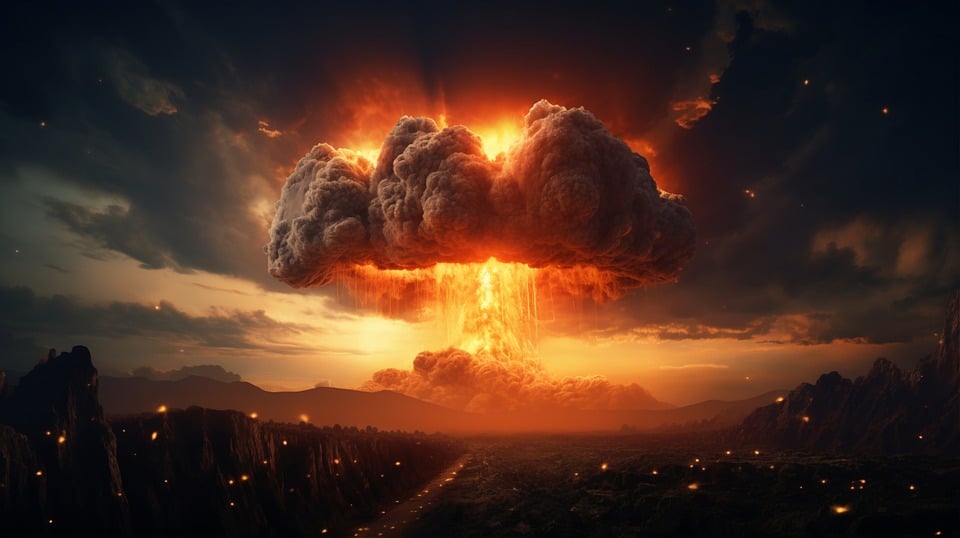The Environmental Impact of Nuclear Energy: Fact vs Fiction
Introduction
Nuclear energy has long been a controversial topic when it comes to its environmental impact. While some people argue that nuclear energy is a clean and sustainable alternative to fossil fuels, others are concerned about the potential risks and hazards associated with nuclear power plants. In this article, we will explore the facts and fiction surrounding the environmental impact of nuclear energy.
What is Nuclear Energy?
Nuclear energy is the energy that is released during a nuclear reaction, either through fission or fusion. In nuclear power plants, nuclear reactions are used to generate electricity by heating water and producing steam to turn turbines.
The Environmental Benefits of Nuclear Energy
Proponents of nuclear energy argue that it is a cleaner and more sustainable source of energy compared to fossil fuels. Nuclear power plants do not produce greenhouse gas emissions like coal or natural gas plants, which contribute to climate change. Additionally, nuclear energy is a reliable source of power that can help reduce dependence on imported fossil fuels.
The Environmental Risks of Nuclear Energy
Despite its benefits, nuclear energy also poses several environmental risks. The biggest concern is the possibility of a nuclear accident, such as a meltdown or radiation leak, which can have catastrophic consequences for the environment and public health. Nuclear waste is another major issue, as it remains radioactive for thousands of years and requires careful storage and disposal.
Fact vs Fiction: Debunking Common Myths
Fiction: Nuclear Energy is Completely Clean and Safe
While nuclear energy does not produce greenhouse gas emissions during operation, the entire fuel cycle involves environmental risks. Uranium mining, fuel processing, and waste disposal all have environmental impacts that need to be considered. Additionally, the risk of accidents and the long-term impact of nuclear waste cannot be ignored.
Fact: Nuclear Energy is Low-Carbon
Nuclear energy has a low carbon footprint compared to fossil fuels. According to the World Nuclear Association, nuclear power plants emit on average 20-30 grams of CO2 per kilowatt-hour, while coal-fired power plants emit around 820 grams of CO2 per kilowatt-hour. This makes nuclear energy a valuable tool in reducing greenhouse gas emissions and combating climate change.
Fiction: Renewable Energy Can Replace Nuclear Energy
While renewable energy sources like solar and wind power are important for a sustainable energy future, they cannot completely replace nuclear energy. Nuclear power provides a reliable and consistent source of baseload power, which is essential for maintaining a stable electricity grid. Integrating nuclear energy with renewables can help achieve a more balanced and sustainable energy mix.
Fact: Nuclear Energy Can Help Reduce Fossil Fuel Dependence
Nuclear power plants can help reduce dependence on imported fossil fuels and increase energy security. By diversifying the energy mix, countries can become less vulnerable to supply disruptions and price fluctuations in the global oil and gas markets. Nuclear energy can also help countries meet their climate goals by reducing greenhouse gas emissions.
Conclusion
The environmental impact of nuclear energy is a complex issue that requires careful consideration of both the benefits and risks. While nuclear energy can help reduce greenhouse gas emissions and fossil fuel dependence, it also poses significant environmental risks in terms of accidents and nuclear waste. By weighing the facts against the fiction, policymakers and the public can make informed decisions about the role of nuclear energy in our energy future.
